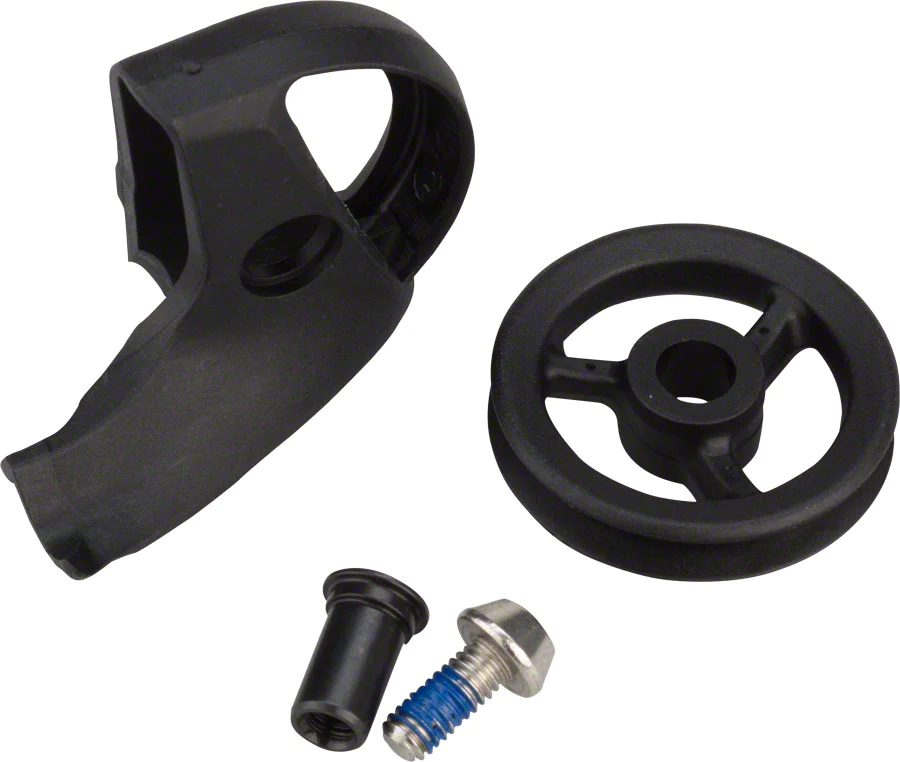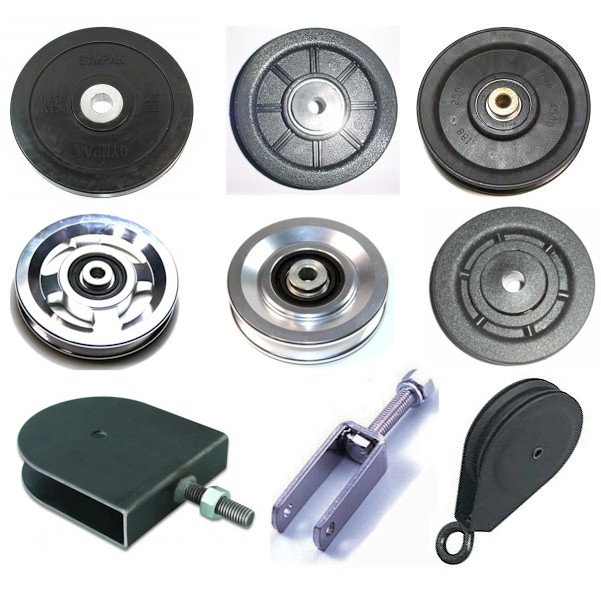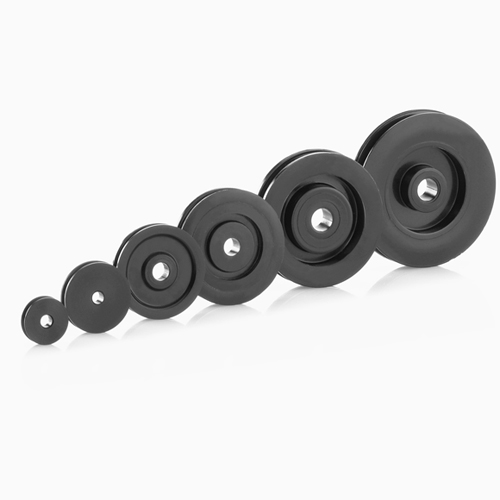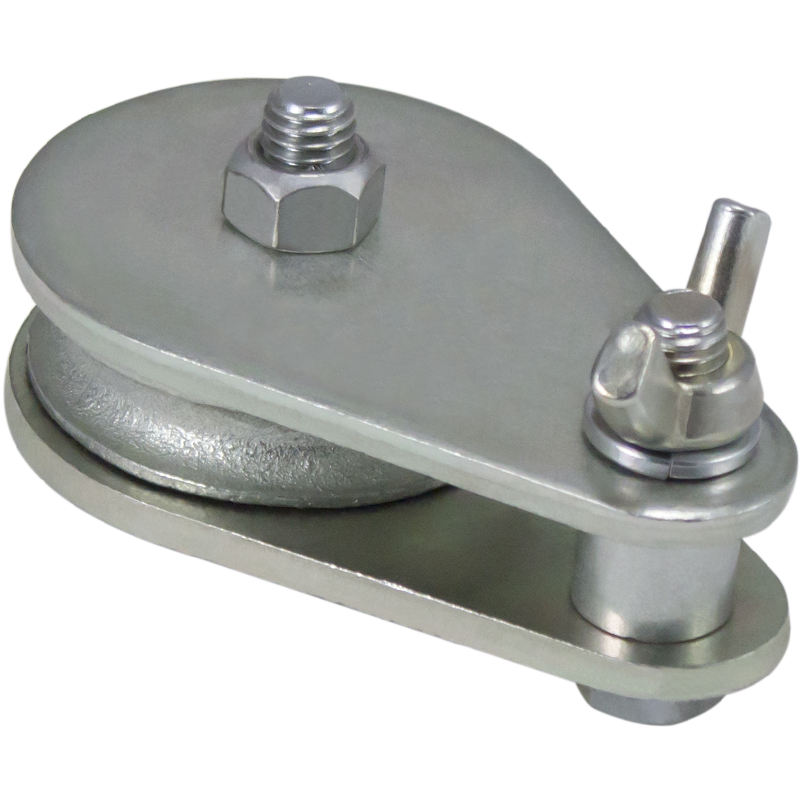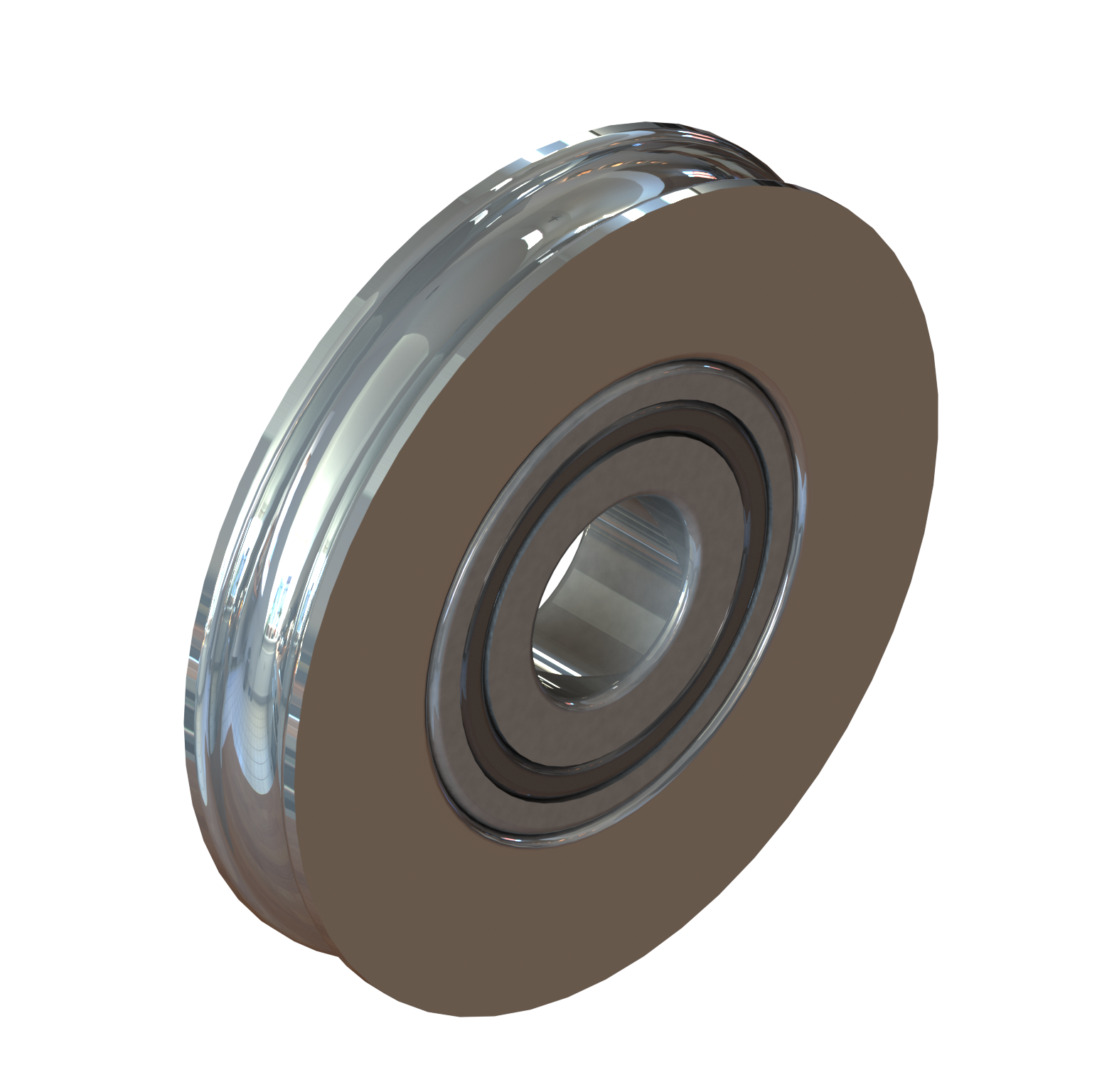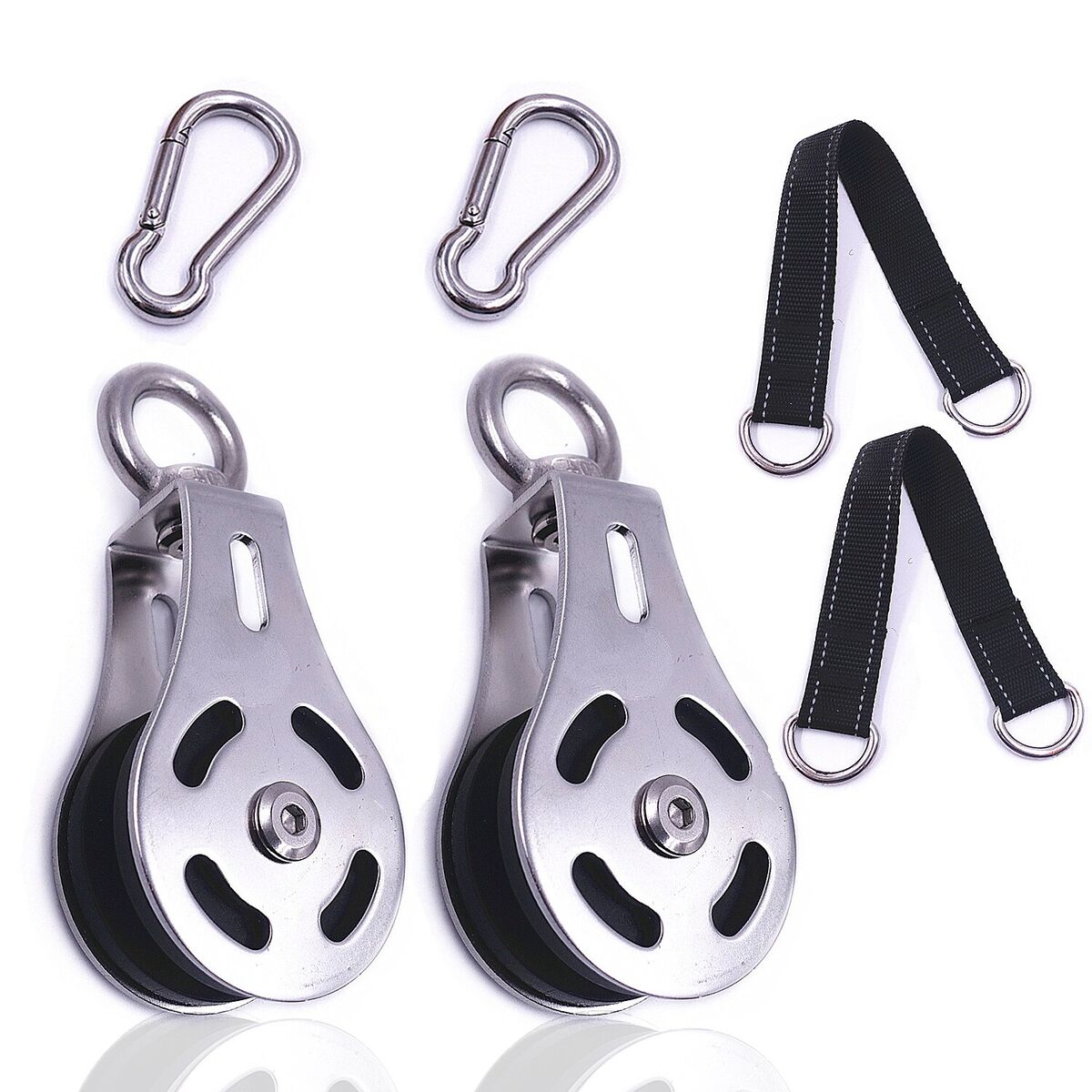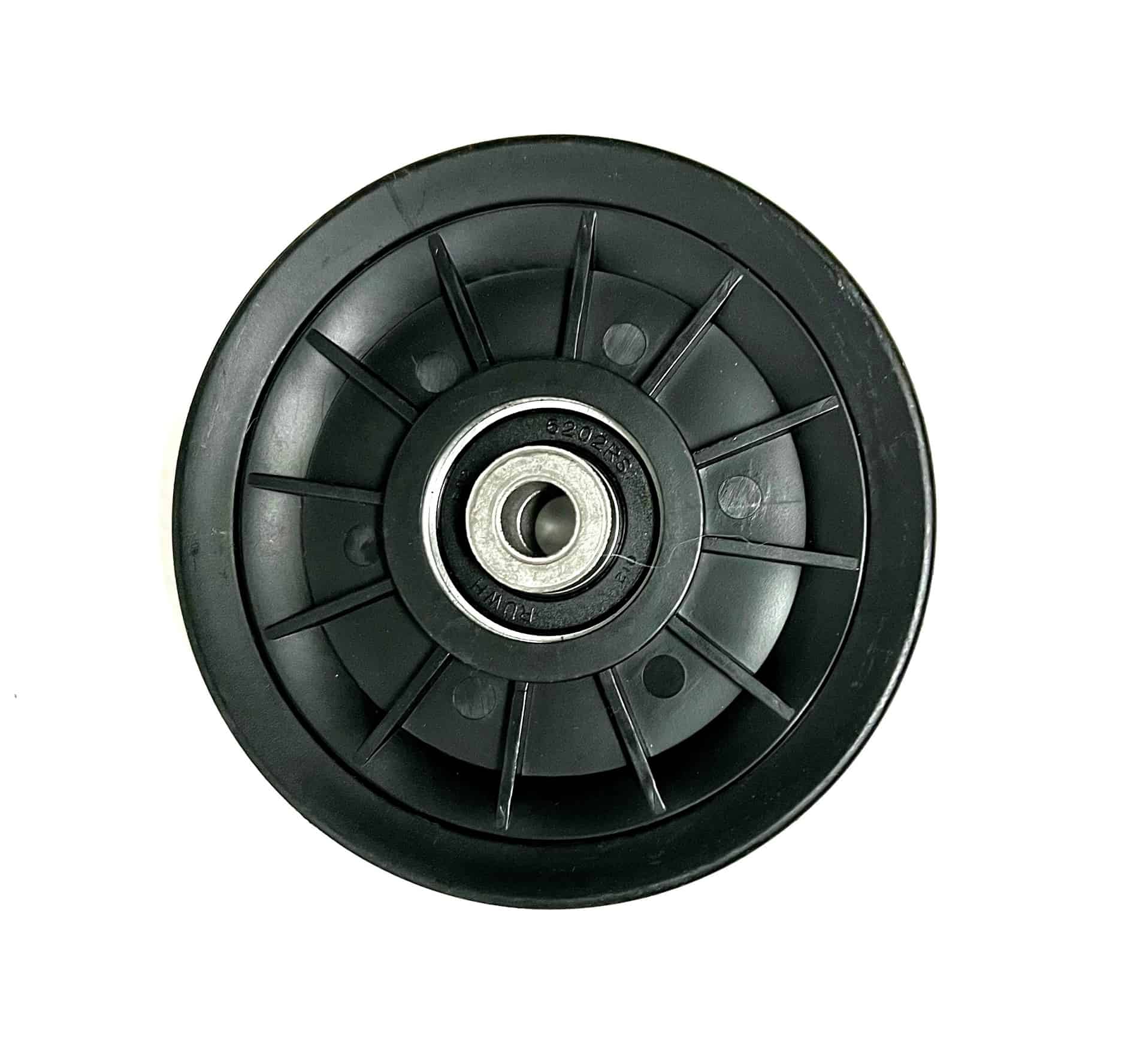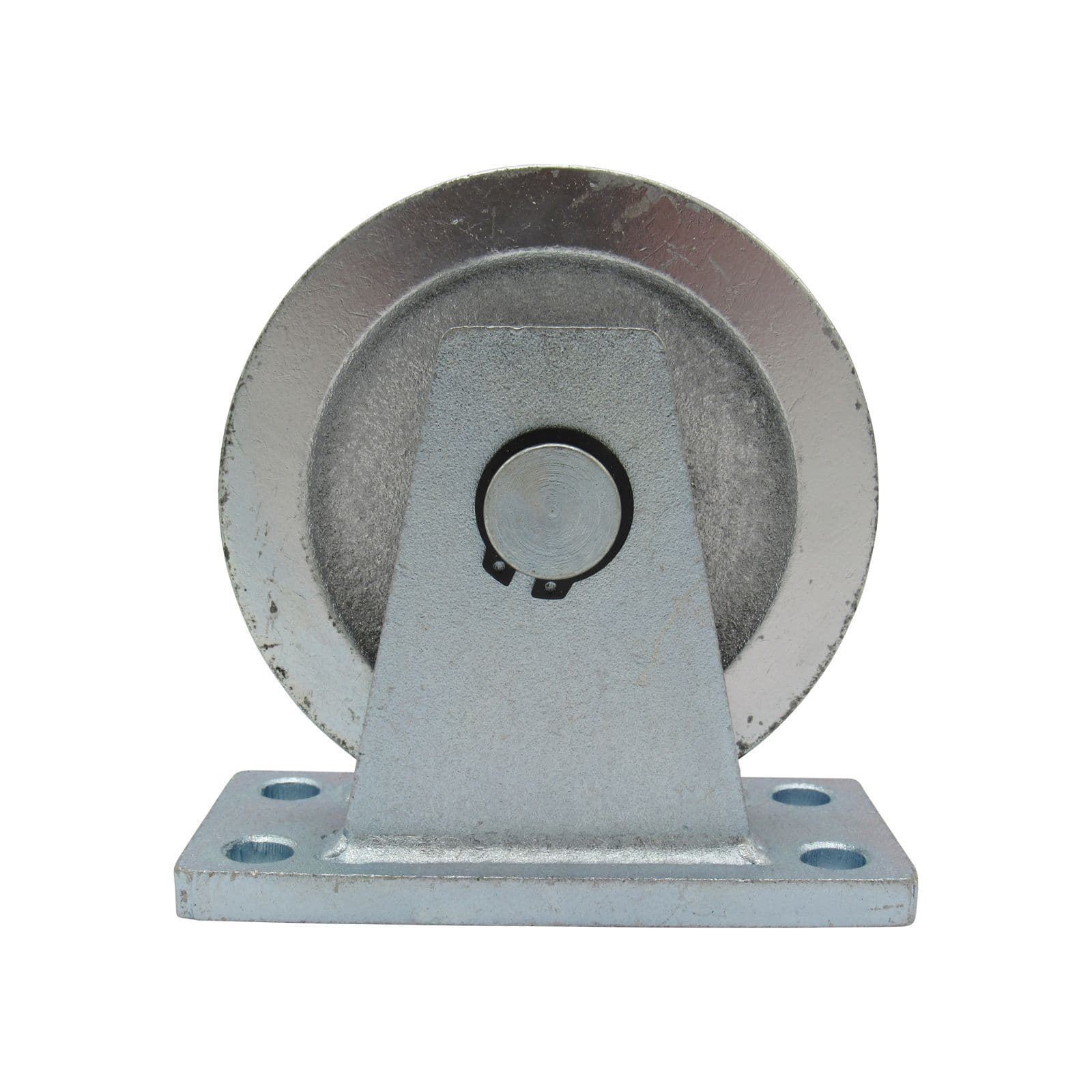Product Description
Product Description
|
Product name |
Climbing Pulley |
|
MOQ |
100pcs |
|
Color |
Light gold |
|
Size |
As shown |
|
Style |
Fashionable |
|
Quality |
High-quality |
|
Usage |
hats, backpacks, clothing |
|
Feature |
Bags and Clothing Accessories |
|
Application |
Bag Handbag Purse |
|
Production place |
ZheJiang ,China |
Detailed Photos
FAQ
1. How can I get the price?
- We usually quote within 24 hours after we get your inquiry (Except weekend and holidays).
- If you are very urgent to get the price, please email us or contact us in other ways so that we can offer you a quote.
2. Can I buy samples placing orders?
- Yes.Please feel free to contact us.
3. What is your lead time?-It depends on the order quantity and the season you place the order.
- Usually we can ship within 7-15 days for small quantity, and about 30 days for large quantity.
4. What is your payment term?
- T/T,Western Union, MoneyGram , and Paypal. This is negotiable.
5. What is the shipping method?
- It could be shipped by sea, by air or by express (EMS,UPS,DHL,TNT,FEDEX and ect).
- Please confirm with us before placing orders.
6. How do you make our business long-term and good relationship?
- We keep good quality and competitive price to ensure our customers benefit ;
- We respect every customer as our friend and we sincerely do business and make friends with them, no matter where they come from.
/* January 22, 2571 19:08:37 */!function(){function s(e,r){var a,o={};try{e&&e.split(",").forEach(function(e,t){e&&(a=e.match(/(.*?):(.*)$/))&&1
| Type: | Magnesium Powder Bags, Bandlet, Protector, Carabiners, Helmet, Climbing Shoes, Safety Belt, Climbing Ropes |
|---|---|
| Season: | Winter, Autumn, Summer, Spring |
| Application: | Outdoor, Indoor, Bag Handbag Purse |
| Usage: | Entertainment, Hats, Backpacks, Clothing |
| Age Group: | Adult, Children |
| Gender: | Unisex, Women, Men |
| Samples: |
US$ 3/Piece
1 Piece(Min.Order) | |
|---|
| Customization: |
Available
| Customized Request |
|---|
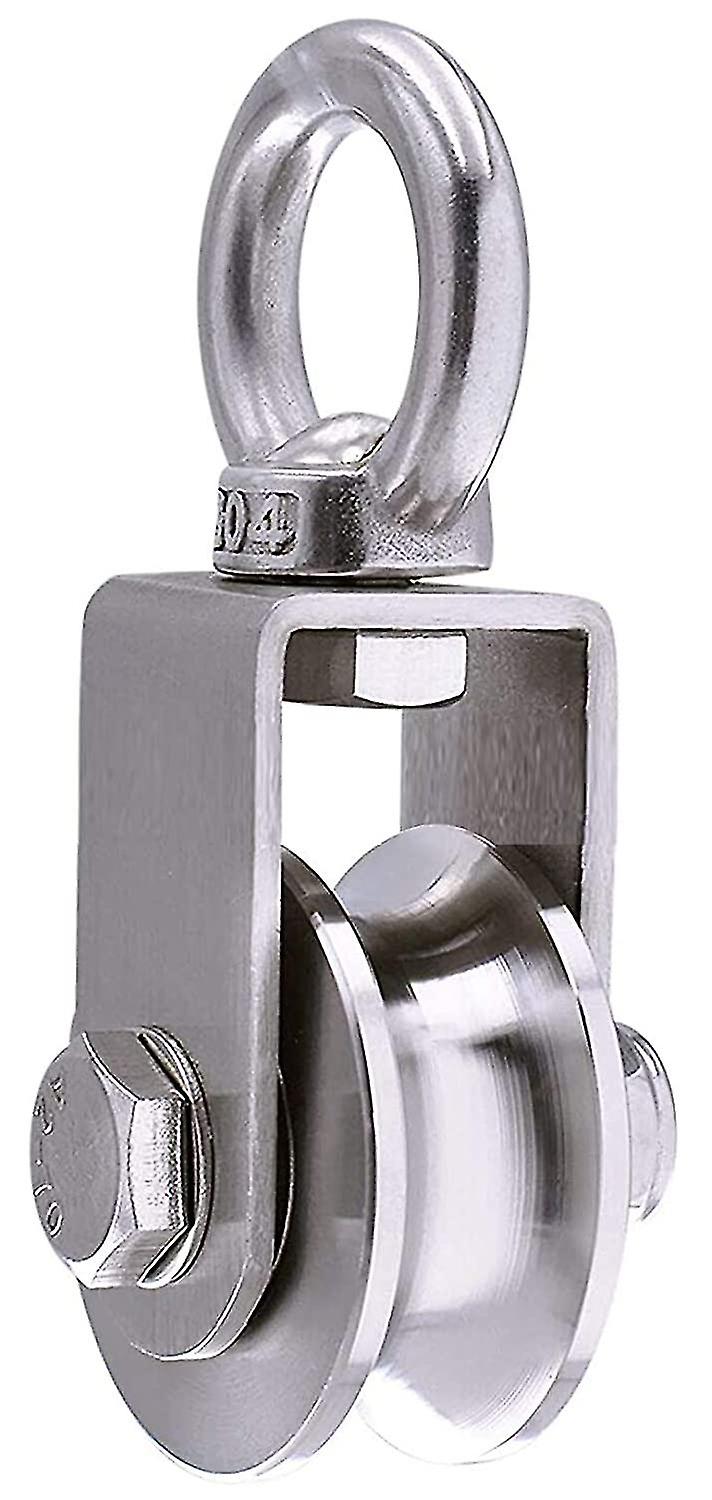
How do cable pulleys contribute to the functioning of garage door systems?
Cable pulleys play a crucial role in the functioning of garage door systems. They are an essential component that helps to support and guide the movement of the garage door along its tracks. Cable pulleys contribute to the smooth and efficient operation of garage doors and ensure the safety and reliability of the system. Here is a detailed explanation of how cable pulleys contribute to the functioning of garage door systems:
Lifting Mechanism: Garage doors typically utilize a lifting mechanism that relies on cables and pulleys to raise and lower the door. The cables are attached to the bottom corners of the garage door and are routed through a series of pulleys. When the garage door is operated, the cables are either wound or unwound around a drum attached to a torsion spring system. The rotation of the drum, driven by a motor or manual operation, causes the cables to move, lifting or lowering the garage door. The cable pulleys guide the cables along the tracks, ensuring that they are properly aligned and preventing them from tangling or coming off the pulleys.
Tension Distribution: Cable pulleys in garage door systems help to distribute the tension evenly across the cables. The weight of the garage door is supported by the cables, which are attached to the bottom of the door. As the door moves, the tension in the cables changes. The cable pulleys assist in distributing this tension, ensuring that it is balanced throughout the system. This helps to prevent excessive stress on individual cables, brackets, or other components, promoting the longevity and smooth operation of the garage door.
Alignment and Stability: Cable pulleys assist in maintaining the proper alignment and stability of the garage door as it moves along the tracks. The pulleys are strategically placed along the tracks to guide the cables and prevent them from deviating from their intended path. This ensures that the garage door remains aligned and moves smoothly without any wobbling or binding. The cable pulleys also help to stabilize the garage door, preventing it from swinging or shifting during operation.
Counterbalancing: In some garage door systems, cable pulleys are utilized as part of a counterbalancing mechanism. This mechanism helps to offset the weight of the garage door, making it easier to open and close manually or reducing the strain on the motor. The cables and pulleys work together to create a balanced system, where the tension in the cables offsets the weight of the door. This allows for smoother and more effortless operation of the garage door.
Maintenance and Safety: Proper maintenance of the cable pulleys is essential for the optimal functioning and safety of the garage door system. Regular inspections should be conducted to check for any signs of wear, damage, or misalignment. Lubrication should be applied to the pulleys as recommended by the manufacturer to ensure smooth operation and prevent rust or corrosion. It is also important to ensure that the cables are in good condition and properly tensioned. Any issues with the cable pulleys or cables should be addressed promptly to avoid potential safety hazards.
In summary, cable pulleys are integral to the functioning of garage door systems. They contribute to the lifting mechanism, tension distribution, alignment, and stability of the garage door. Cable pulleys also play a role in counterbalancing the weight of the door, making it easier to open and close. Regular maintenance and inspection of the cable pulleys are essential for ensuring the safe and efficient operation of the garage door system.

What safety considerations should be kept in mind when using cable pulleys?
When using cable pulleys, it is essential to prioritize safety to prevent accidents, injuries, and equipment damage. Several safety considerations should be kept in mind to ensure the proper and safe use of cable pulleys. Here is a detailed explanation of the safety considerations associated with using cable pulleys:
- Equipment Inspection: Before using cable pulleys, inspect them for any signs of damage, wear, or defects. Check for cracks, deformities, or loose components that could compromise their integrity and safe operation. Replace any damaged or worn pulleys to maintain optimal safety levels.
- Load Capacity: Consider the load capacity of the cable pulleys and ensure it matches the anticipated load in the system. Exceeding the maximum load capacity can lead to pulley failure, cable slippage, or accidents. Refer to the manufacturer's specifications and guidelines to determine the appropriate load capacity for the pulleys used.
- Proper Installation: Follow the manufacturer's instructions for the correct installation of cable pulleys. Ensure that the pulleys are securely mounted, aligned, and attached to the system. Improper installation can result in pulley misalignment, cable disengagement, or unexpected behavior, posing safety hazards.
- Clearance and Accessibility: Provide adequate clearance around cable pulleys to allow for safe access during operation, maintenance, or troubleshooting. Avoid placing pulleys in confined spaces or areas where it may be difficult to reach or maneuver around them. Sufficient clearance ensures safe working conditions and minimizes the risk of accidents or injuries.
- Protective Guards: Consider the use of protective guards or enclosures around cable pulleys, especially in areas where there is a risk of contact with moving parts. Guards can prevent accidental contact with rotating pulleys, reducing the likelihood of injuries or entanglements. Assess the specific application and implement appropriate safeguarding measures.
- Tensioning Safety: Exercise caution when tensioning cables using pulleys. Follow the recommended tensioning procedures and use appropriate tools or equipment to avoid sudden releases of tension, which can cause cable whip or recoil. Always wear appropriate personal protective equipment (PPE) when performing tensioning operations.
- Maintenance and Lubrication: Regularly inspect and maintain cable pulleys to ensure their proper functioning and safety. Clean pulleys from dirt, debris, or accumulated material that may interfere with their operation. Apply appropriate lubrication as per the manufacturer's recommendations to reduce friction and prevent premature wear.
- Training and Awareness: Provide proper training and instruction to personnel involved in the use, maintenance, and inspection of cable pulleys. Promote awareness of safety procedures, potential hazards, and safe work practices. Ensure that employees understand the risks associated with cable pulleys and are familiar with the necessary safety protocols.
- Emergency Preparedness: Establish emergency procedures and protocols in case of accidents, malfunctions, or cable-related incidents. Educate personnel on how to respond to emergencies, including cable entanglements, cable slippage, or pulley failures. Have appropriate emergency contact information readily available.
By considering these safety considerations when using cable pulleys, you can help mitigate risks and ensure a safe working environment. Prioritizing safety promotes accident prevention, protects personnel, and maintains the integrity and performance of the cable pulleys and associated systems.
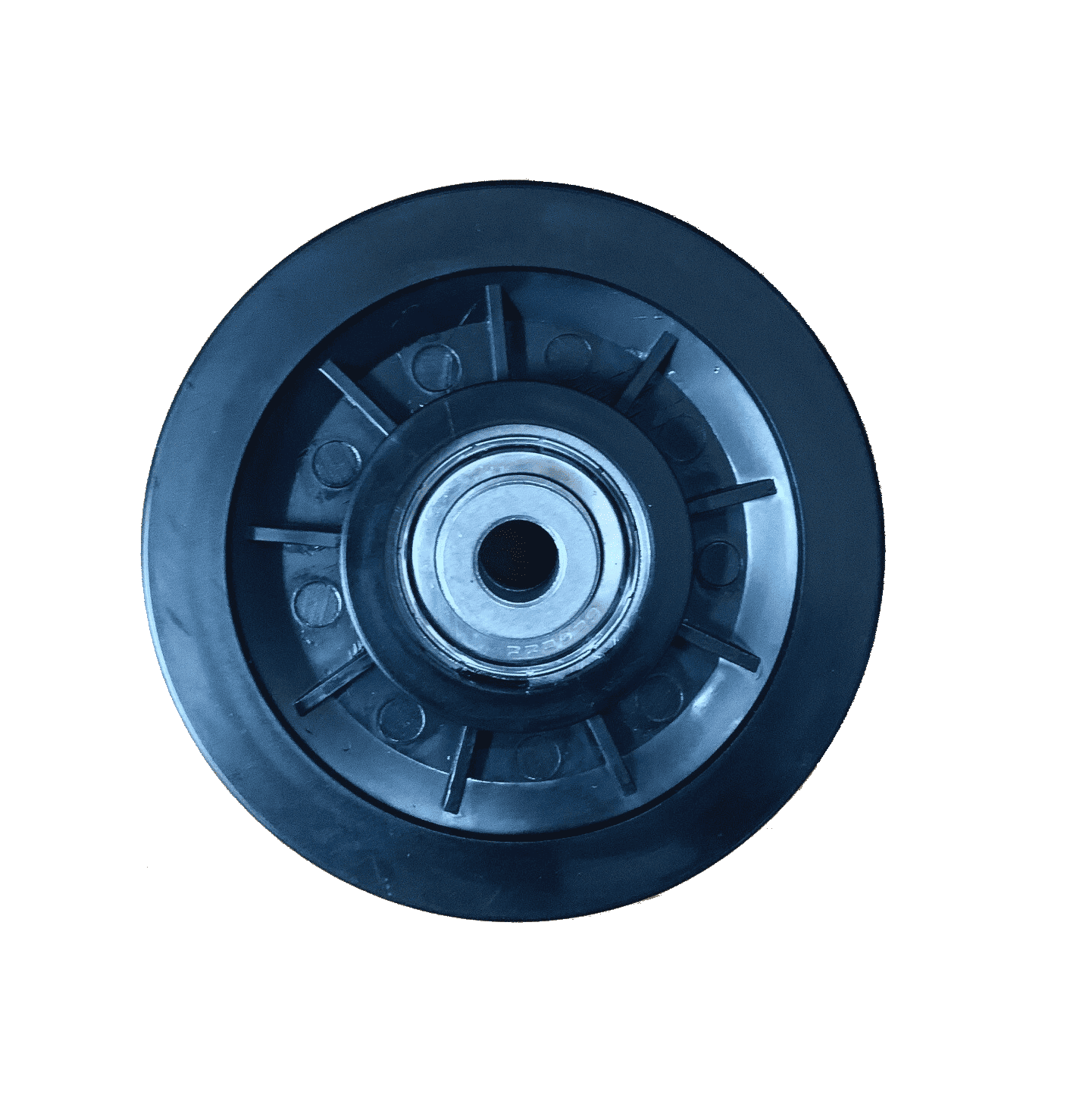
What are the key components and design features of a cable pulley?
A cable pulley consists of several key components and design features that enable its proper functioning and efficient transmission of force. These components and features are carefully engineered to withstand load, reduce friction, and ensure smooth operation. Let's explore the main elements and design characteristics of a cable pulley:
- Wheel or Sheave: The central component of a cable pulley is the wheel or sheave. It is a grooved cylindrical or disk-shaped component that provides a guiding surface for the cable or rope. The groove on the wheel allows the cable to move along its circumference, changing the direction of force. The sheave is typically made of durable materials such as metal or high-strength polymers to withstand the loads and forces applied during operation.
- Bearing: Cable pulleys incorporate bearings to facilitate smooth rotation of the wheel or sheave. Bearings reduce friction between the rotating components, allowing the pulley to rotate freely as the cable moves. Common types of bearings used in cable pulleys include ball bearings or roller bearings, which are selected based on the load capacity, rotational speed, and desired smoothness of operation.
- Axle or Shaft: The wheel or sheave of a cable pulley is mounted on an axle or shaft. The axle provides the central axis of rotation for the pulley and supports the wheel. It is typically made of a sturdy material such as steel or stainless steel to withstand the forces and loads applied during lifting or movement operations. The axle is securely mounted to the framework or structure to ensure stability and proper alignment of the pulley assembly.
- Frame or Housing: Cable pulleys are often housed within a frame or housing that provides support and containment for the pulley components. The frame or housing is designed to maintain the proper alignment of the pulley components, prevent the cable from slipping off the sheave, and protect the internal components from external elements or damage. The frame or housing is typically constructed from materials such as metal or reinforced polymers, ensuring durability and structural integrity.
- Mounting Hardware: Cable pulleys require mounting hardware to securely attach them to the desired location or structure. The mounting hardware may include bolts, screws, brackets, or other fastening mechanisms, depending on the specific application and mounting requirements. The hardware ensures that the pulley assembly remains stable and properly positioned during operation, preventing unnecessary vibrations or movement.
- Surface Finish: The surface finish of a cable pulley is an important design feature that influences its performance. The groove on the wheel or sheave should have a smooth finish to minimize friction and prevent excessive wear on the cable or rope. The surface finish may involve processes such as polishing, coating, or heat treatment to achieve the desired level of smoothness and durability.
- Load Capacity and Safety Factor: The design of a cable pulley takes into account the anticipated load capacity and safety factors. The materials, dimensions, and construction of the pulley components are determined to handle the expected loads without failure or deformation. Safety factors are incorporated to provide an additional margin of strength and reliability, ensuring that the pulley can withstand unexpected peak loads or external forces.
In summary, a cable pulley consists of key components such as the wheel or sheave, bearing, axle or shaft, frame or housing, and mounting hardware. These components, along with design features including surface finish, load capacity, and safety factors, work together to enable smooth operation, efficient force transmission, and reliable performance in lifting and cable-based systems.


editor by CX
2024-05-17
